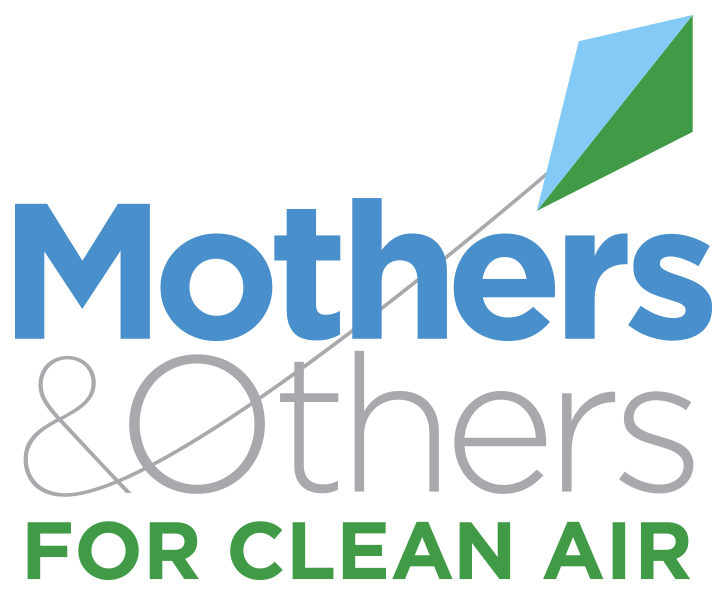Context: Evidence on the health risks associated with short-term exposure to fine particles (particulate matter ≤2.5 μm in aerodynamic diameter [PM2.5]) is limited. Results from the new national monitoring network for PM2.5 make possible systematic research on health risks at national and regional scales. Objectives: To estimate risks of cardiovascular and respiratory hospital admissions associated with short-term exposure to PM2.5 for Medicare enrollees and to explore heterogeneity of the variation of risks across regions. Design, Setting, and Participants: A national database comprising daily time-series data daily for 1999 through 2002 on hospital admission rates (constructed from the Medicare National Claims History Files) for cardiovascular and respiratory outcomes and injuries, ambient PM 2.5 levels, and temperature and dew-point temperature for 204 US urban counties (population >200 000) with 11.5 million Medicare enrollees (aged >65 years) living an average of 5.9 miles from a PM2.5 monitor. Main Outcome Measures: Daily counts of county-wide hospital admissions for primary diagnosis of cerebrovascular, peripheral, and ischemic heart diseases, heart rhythm, heart failure, chronic obstructive pulmonary disease, and respiratory infection, and injuries as a control outcome. Results: There was a short-term increase in hospital admission rates associated with PM 2.5 for all of the health outcomes except injuries. The largest association was for heart failure, which had a 1.28% (95% confidence interval, 0.78%-1.78%) increase in risk per 10-μg/m3 increase in same-day PM2.5. Cardiovascular risks tended to be higher in counties located in the Eastern region of the United States, which included the Northeast, the Southeast, the Midwest, and the South. Conclusion: Short-term exposure to PM2.5 increases the risk for hospital admission for cardiovascular and respiratory diseases. ©2006 American Medical Association. All rights reserved.
Published Mar 8, 2006
Dominici, F., Peng, R. D., Bell, M. L., Pham, L., McDermott, A., Zeger, S. L., & Samet, J. M. (2006). Fine particulate air pollution and hospital admission for cardiovascular and respiratory diseases. Journal of the American Medical Association, 295(10), 1127–1134. https://doi.org/10.1001/jama.295.10.1127
